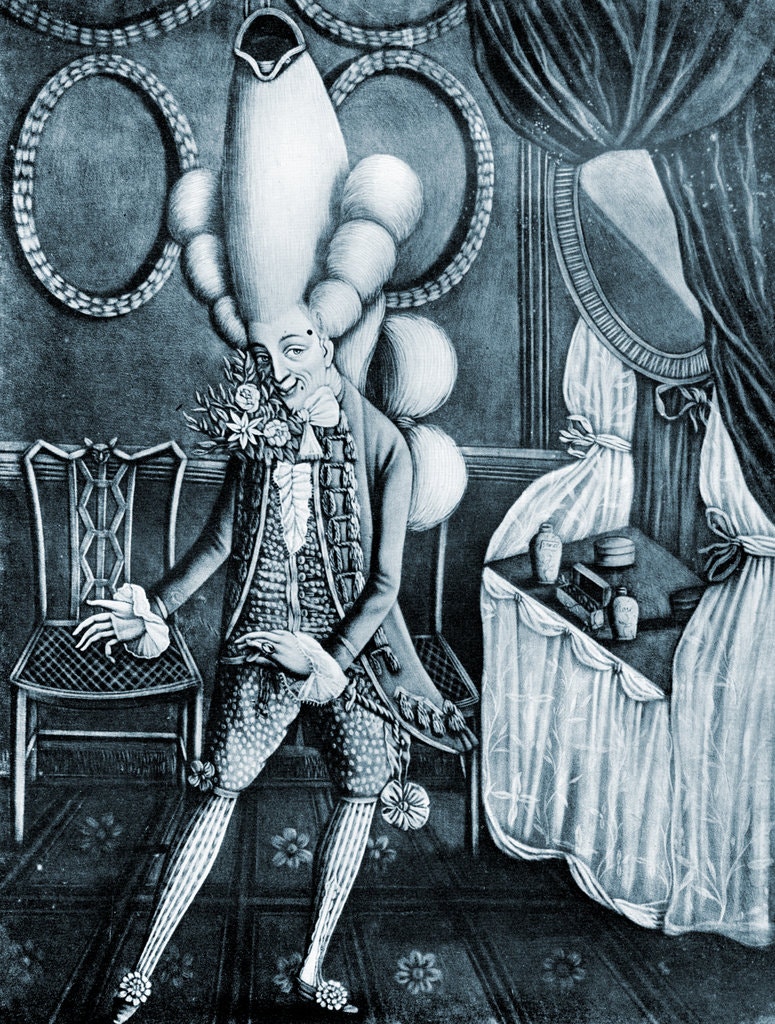Yankee Doodle
Words by Richard Shuckburg; tune traditional, 1770s |

 |
What strikes you first about this piece of music? Which "musical phrase" is especially memorable? Why? |
 |
What makes a good march? Imagine this march being played in the 1770s. Who and where are you? What is happening? What is your role? How do you feel? What are you thinking? |
 |
Work in teams of two or three and try to interpret some of the nonsense phrases in the song. Use reference books to "decode" some of the unusual words and phrases. |
|

"Yankee Doodle" performed by Boston Camerata on Free America! Harmonia Mundi, © 2019. Available on Spotify.
This recording of "Yankee Doodle," accompanied by drum and trumpet, simulates what it may have sounded like when the revolutionary troops marched past. The singing begins quietly, as though from afar, then gets louder as the troops get closer, then fades away. The trumpet, which plays during the interludes between verses, mimics a bugle call.
An alternative recording is performed by the US Army Chorus on Songs of the Soldier, Coker & McCree, Inc. ©2006. Available on iTunes and on Spotify.
|

View the music and lyrics for "Yankee Doodle."
View the published broadside. |
|

 |
| "The Macaroni. A real Character at the late Masquerade," by Philip Dawe, 1773. |
The tune of this perennial air dates back hundreds of years; it has been identified variously as English, French, Dutch, and Spanish. When British General George Braddock's army gathered colonial soldiers during the French and Indian war, the tattered colonials struck the British as hilarious. Surgeon Richard Shuckburg composed the words as a parody of exploits of a New England backwoodsman who joins Washington's colonial army and is befuddled by much of what he sees. He is steadily teased: "Yankee Doodle keep it up, Yankee Doodle dandy." During the Revolution, British soldiers again used it to ridicule colonial troops, but after several Patriot victories the rebels adopted it as their own. Dozens of parodies and "answer" songs were written to the tune to comment on every aspect of the war. Thus the tune came back many times to mock its composers and at the end it was played triumphantly at Cornwallis' surrender. |
 Compare this song to rallying songs of the Civil War (Unit 4): Compare this song to rallying songs of the Civil War (Unit 4):
"Bonnie Blue Flag,"
"Battle Hymn of the Republic/John Brown's Body,"
"Dixie's Land"
"Marching through Georgia."
A rallying song from later wars:
"Over There" (Unit 6) |
 Draw a caricature of a "Yankee Doodle" soldier of the Continental Army using imagery from this song and what you have learned about the shortages in the Continental Army. Opposite him, caricature a British soldier well-equipped with uniforms and supplies, but ill-equipped with skills for fighting in America. Draw a caricature of a "Yankee Doodle" soldier of the Continental Army using imagery from this song and what you have learned about the shortages in the Continental Army. Opposite him, caricature a British soldier well-equipped with uniforms and supplies, but ill-equipped with skills for fighting in America.
Imagine a Continental soldier meeting a well-equipped but beaten British soldier at Cornwallis' surrender at Yorktown. The band is playing "Yankee Doodle." What do you think they would say to each other? Write a skit of the dialogue.
Write a new verse or two as a Continental soldier might have written it to brag about the American victory. |
|


